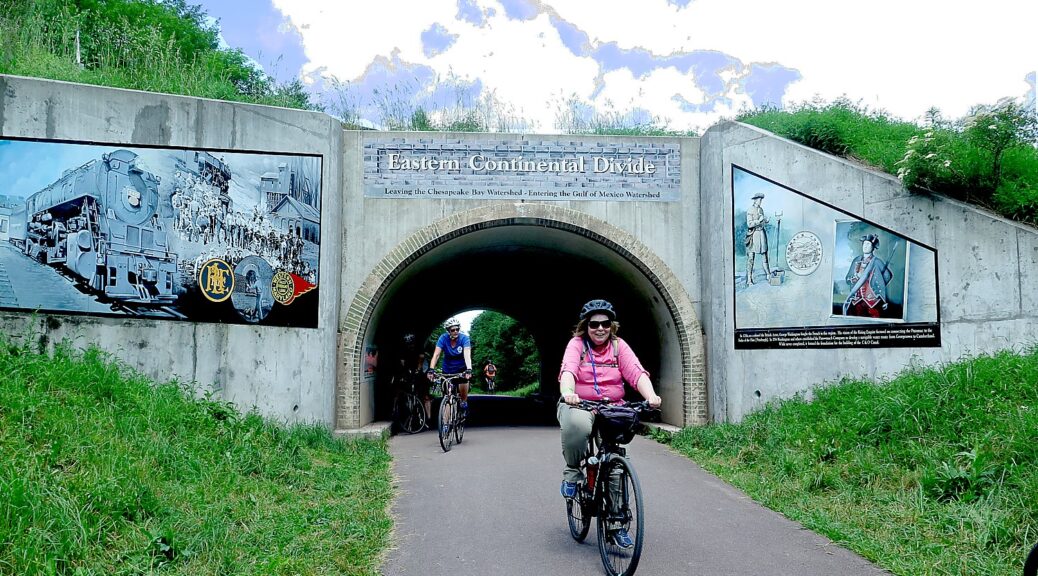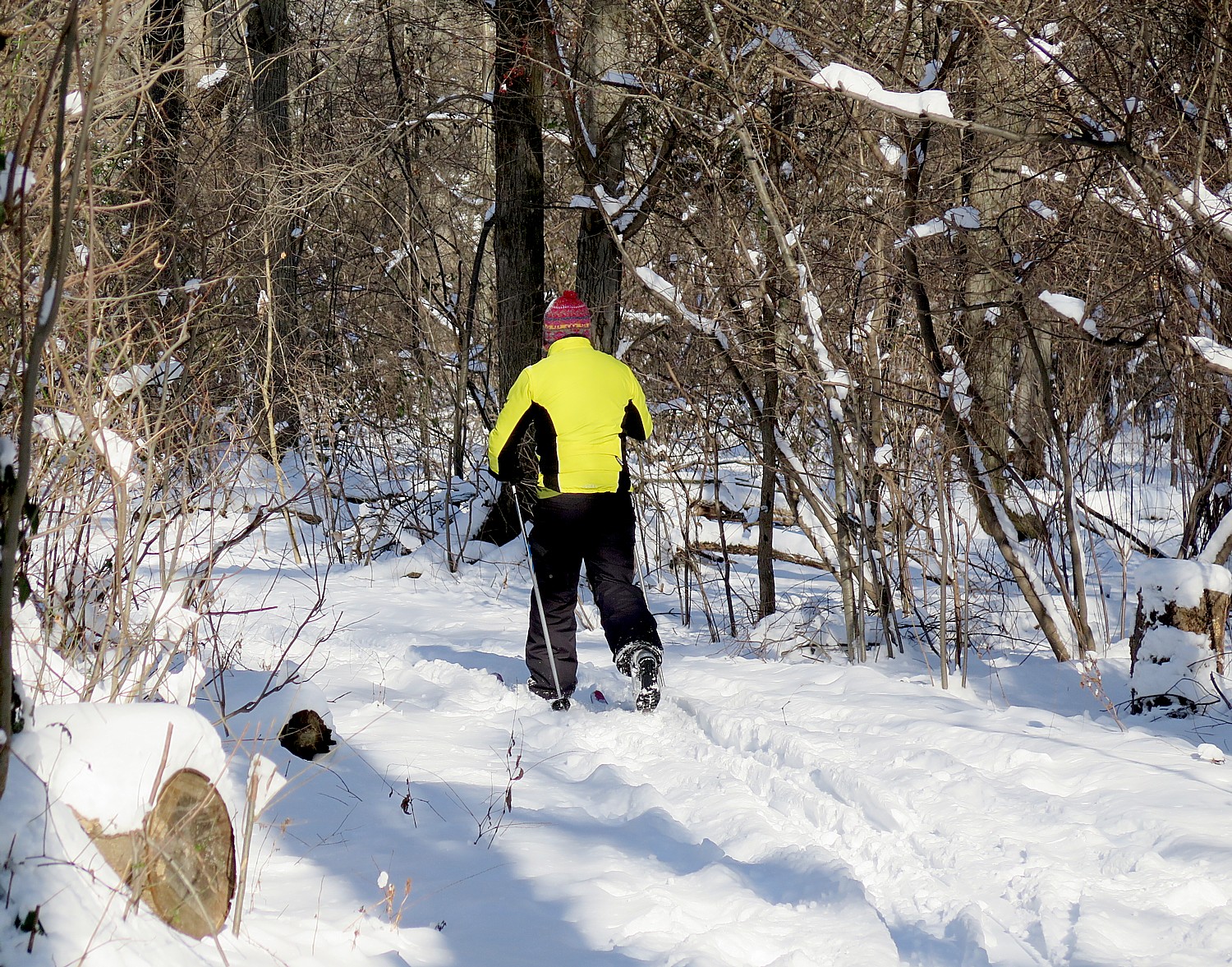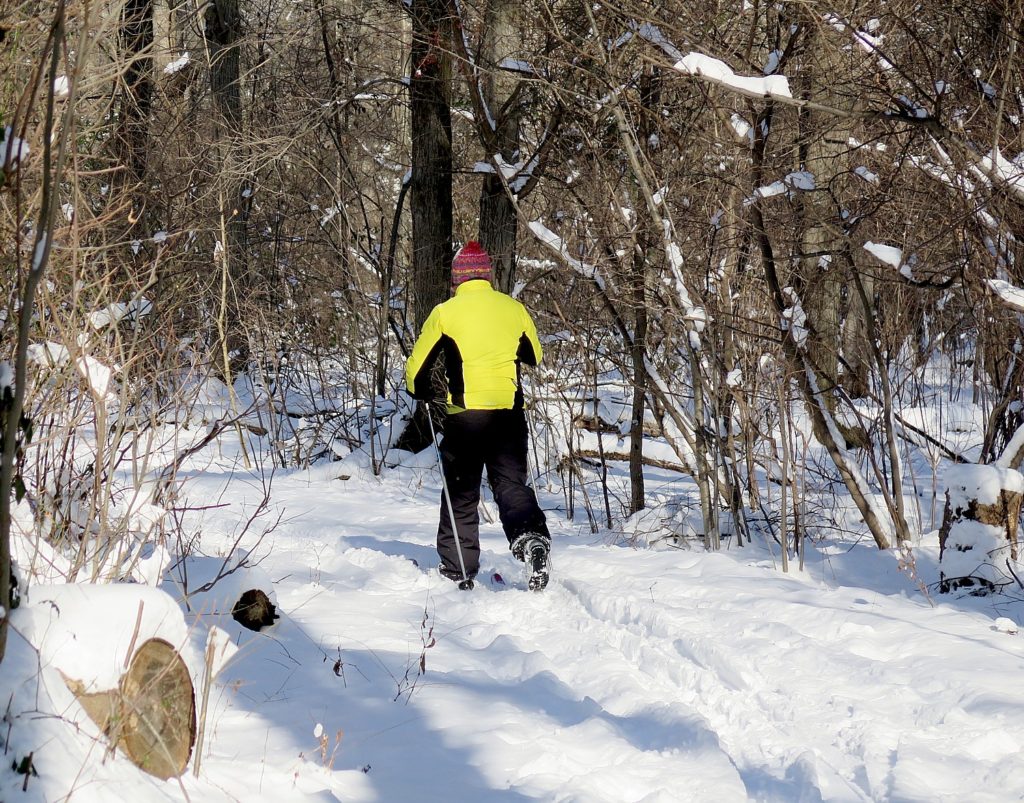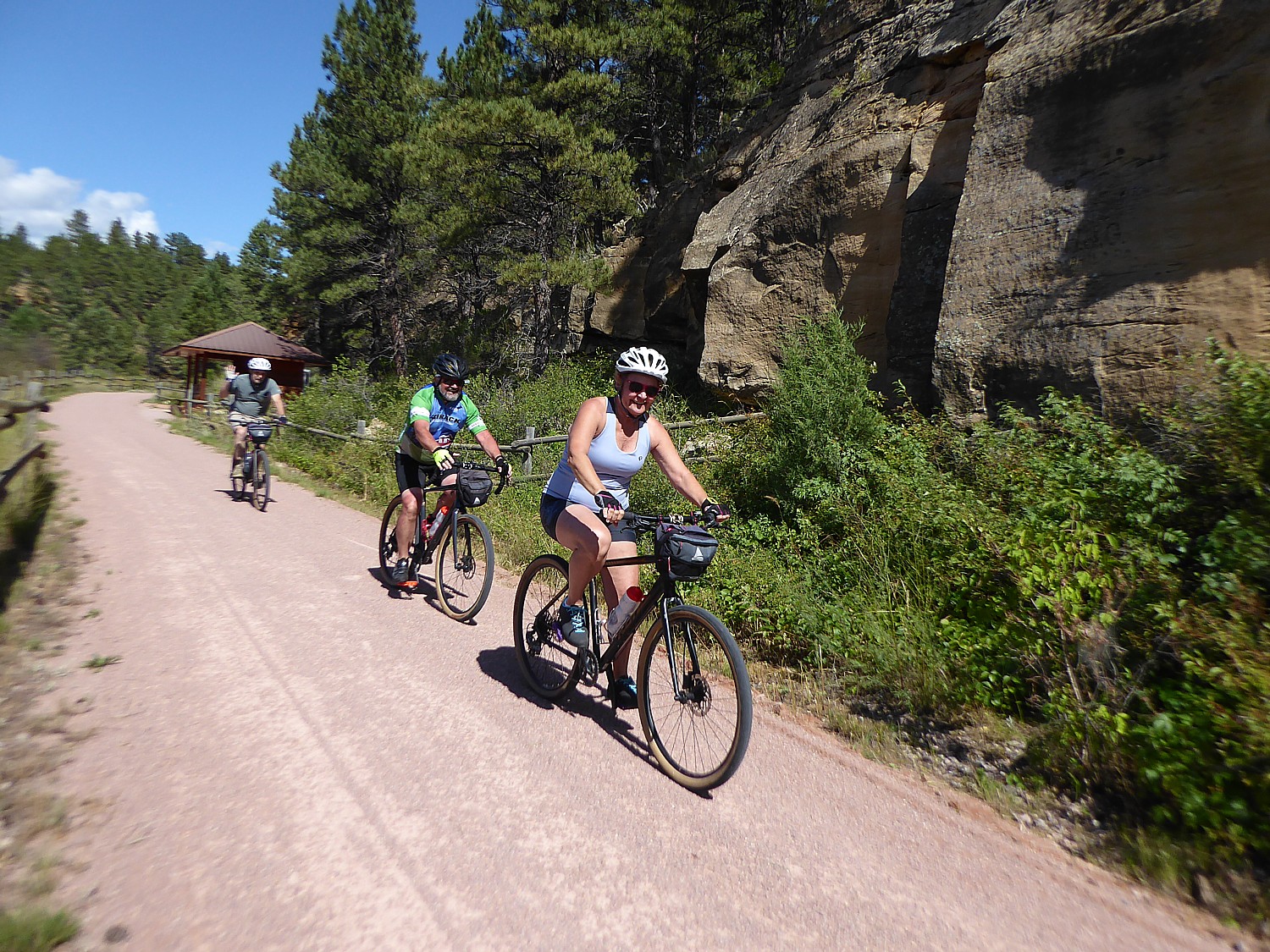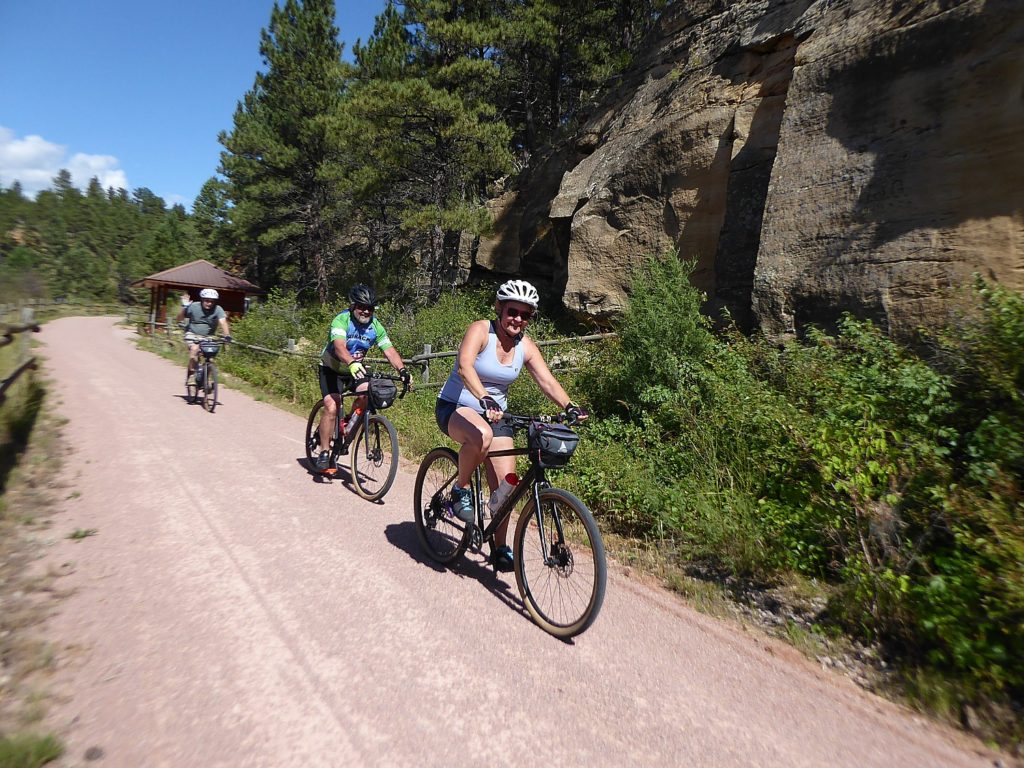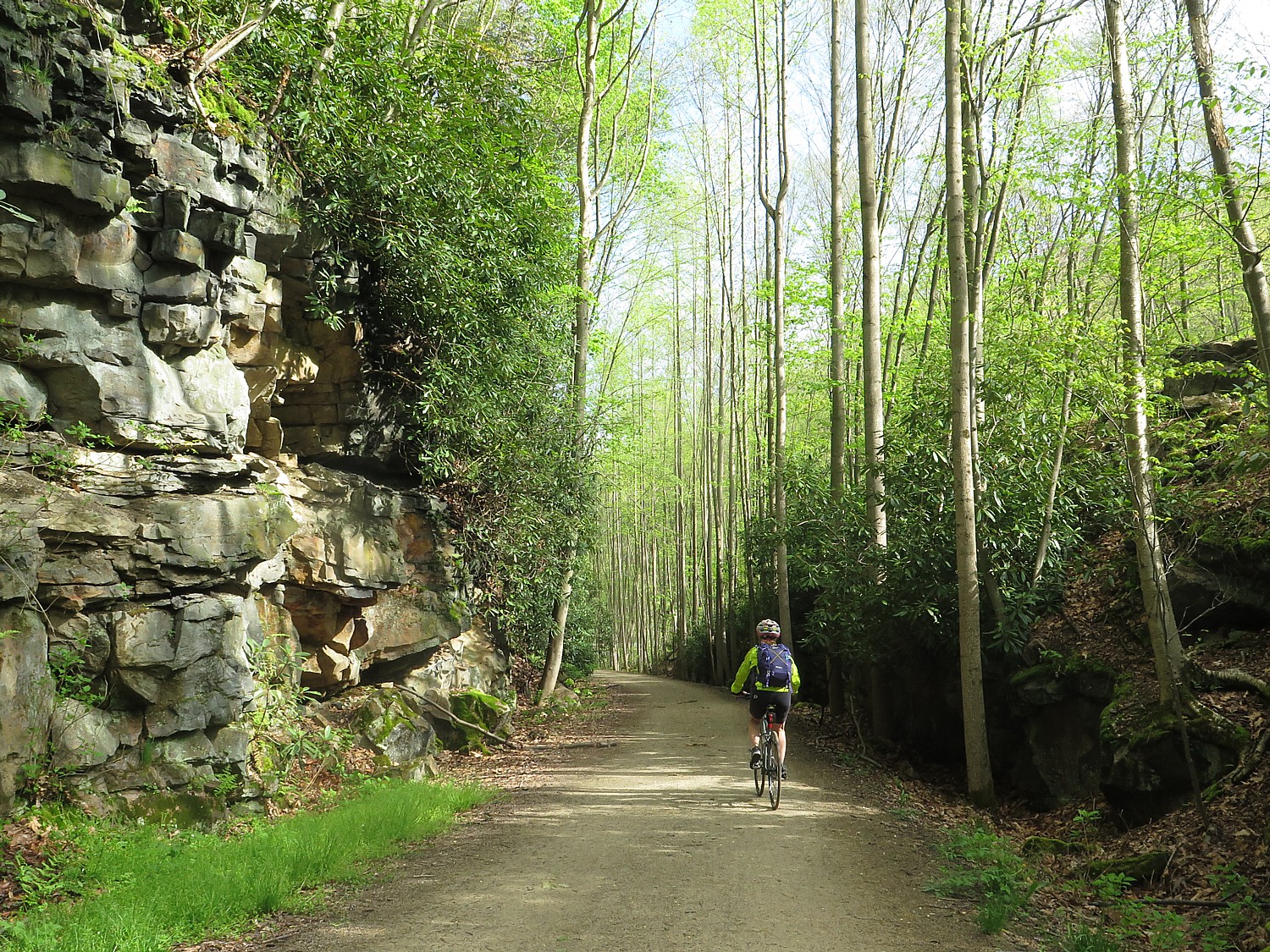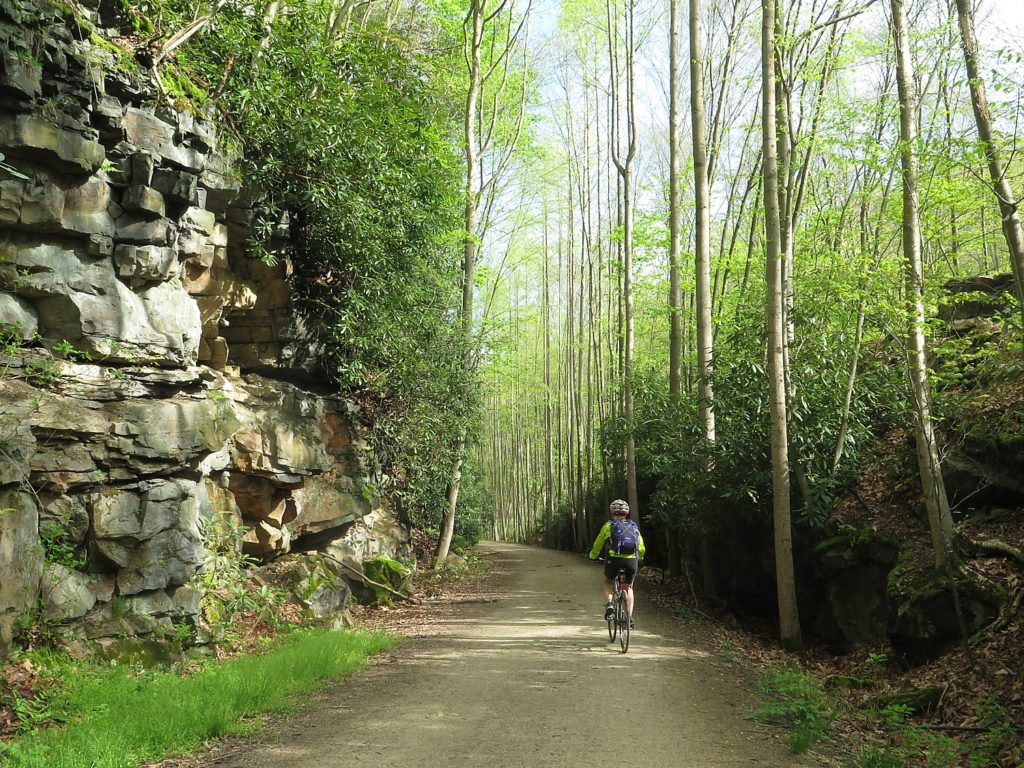On Celebrate Trails Day, Rails to Trails Conservancy calls on America to walk, bike and be active outside to showcase the joy and impact of trails
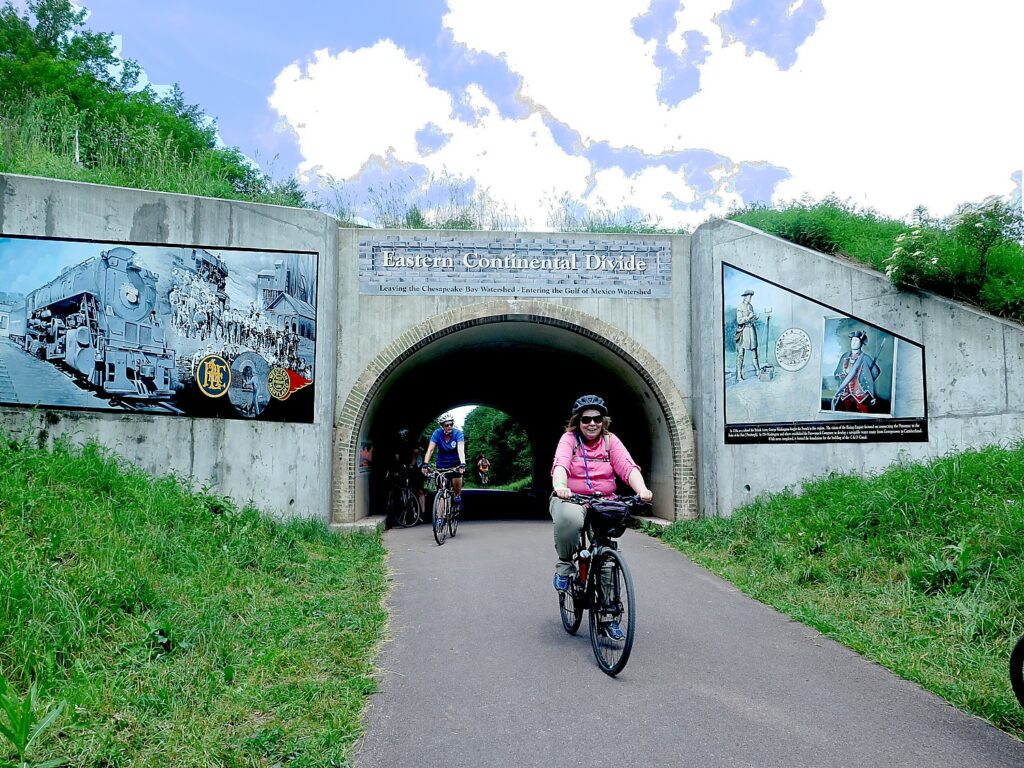
WASHINGTON, DC—Rails to Trails Conservancy, the nation’s largest trail, walking and biking advocacy organization, is calling on people across the country to get outside on trails this spring to celebrate the many ways that trails and connected trail networks bring joy and impact to people’s lives. Central to RTC’s call to action is Celebrate Trails Day on April 27, 2024, with hundreds of events nationwide to inspire more people to make trails, walking and biking part of their everyday lives.
Held on the fourth Saturday of April, Celebrate Trails Day was started by Rails to Trails Conservancy in 2013, to encourage people across the country to get outside and enjoy the nation’s exceptional trails and trail systems.
Celebrate Trails Day is more than a day outside, it is an opportunity to experience and share the joy and impact of trails. The nation’s 41,000+ miles of multi-use trails bring incredible value to our everyday lives, contributing to the well-being of people, places and the planet. It is RTC’s ultimate goal to link the 150+ trail networks that currently exist into a Great American Trail, spanning 3,800 miles across the continent.
Around the country, Rails to Trails’ partners are planning group rides, nature walks, family-friendly festivals, volunteer cleanups and other community events for Celebrate Trails Day. Explore these events and find more inspiration for your day on the trail, including ideas to help you design your own trail adventure and our virtual event series where we host conversations with partners about the ways trails contribute to big issues in our lives.
So far, more than 150 events are planned along trails, but you can also create your own celebration.
“There is unmatched potential in trail networks to make walking and biking part of our everyday lives, unlocking all of the good that happens when we are active outside, in the places where we live,” said Brandi Horton, RTC’s vice president of communications. “That’s why RTC is uniting everyone in a common appreciation for trails—and the impact of connecting trails in our communities. Our time on the trail is so much more than a day outside.”
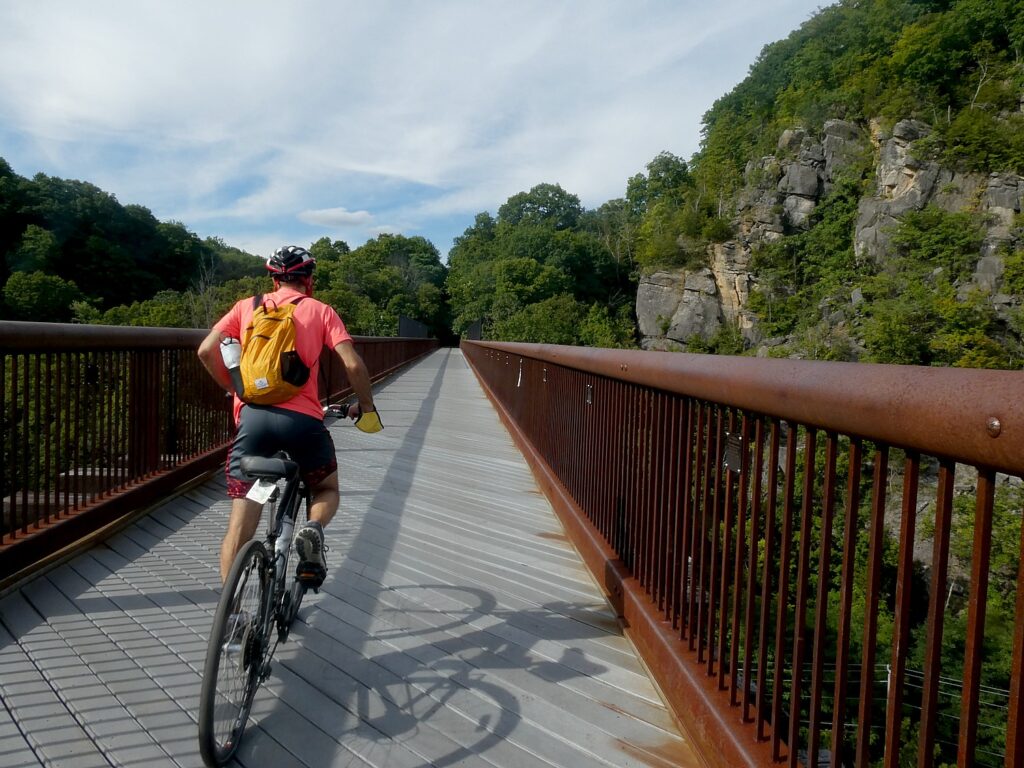
Here are five reasons to get outside on trails, says RTC:
- It’s one of the best seasons for outside adventures with milder weather across the country—perfect for time on the trail. People can find their perfect trail using RTC’s free trail-finder app, TrailLink.
- It’s good for our bodies and the planet. Having spaces to walk and bike near where you live makes it more likely that you will be physically active, which is important for our bodies and our minds. And, when we swap out short car trips for walking and biking trips, we burn calories instead of carbon!
- It can be a safe way to get around without a car. Currently, people who walk and bike are increasingly likely to be seriously injured or killed in crashes with cars and trucks. Connected trail networks separate people from vehicles, making it a safer transportation option for more people.
- It’s the right time to let elected officials know that trails matter to you. On Celebrate Trails Day and every day, our time on the trail is an act of advocacy sending a message that trails are important to people across the country. As Congress and local officials make decisions about ways to invest infrastructure resources, getting outside on the trail is an important way to build support.
- There are more places to walk, bike and be active outside than ever! With more than 41,000 miles of multiuse trails—where you can walk, run, ride, skate and more—and over 150 trail networks emerging, there are safe places to walk, bike and be active outside in every single state and hundreds of communities across the country.
Participate for a chance to win a prize pack
Let Rails to Trails Conservancy know you’re planning to participate in Celebrate Trails Day on April 27, 2024, and you’ll be automatically entered to win a prize pack, featuring:
- A MHS Uno 2-Bike Kit courtesy of Saris
- A $400 gift card courtesy of Burley
- A Cabezon set courtesy of Deuter
- A bike bell courtesy of Mirrycle
- A Dagger OSMO™ 3P Lightweight Backpacking tent courtesy of NEMO Equipment
- A Black Hole® Pack 25L and an Ultralight Black Hole® Mini Hip Pack 1L courtesy of Patagonia Old Town
- A trike courtesy of Catrike
- And more great gear!
Let RTC Know You’re Participating
Find creative ideas for getting outside, visit RTC’s Celebrate Trails Day website and follow #CelebrateTrails on social media.
Explore the nation’s 41,000+ miles of multi-use trails using TrailLink™, RTC’s free trail-guide website and app.
Celebrate Trails Day is the annual celebration of the spring trail season, recognized on the fourth Saturday in April. The national day of celebration is organized by Rails to Trails Conservancy, the country’s largest trails, walking and biking organization—with a grassroots community more than 1 million strong. RTC is dedicated to building a nation connected by trails, reimagining public spaces to create safe ways for everyone to walk, bike and be active outdoors.
Follow #CelebrateTrails on social media for updates and connect with RTC at railstotrails.org and @railstotrails on Facebook, Twitter and Instagram.
For more travel features, visit:
Going Places @ theisland360.com/travel
goingplacesnearandfar.wordpress.com
travelwritersmagazine.com/TravelFeaturesSyndicate/
goingplacesfarandnear.tumblr.com/
instagram.com/going_places_far_and_near/
instagram.com/bigbackpacktraveler/
‘Like’ us on facebook.com/NewsPhotoFeatures
Twitter: @TravelFeatures
